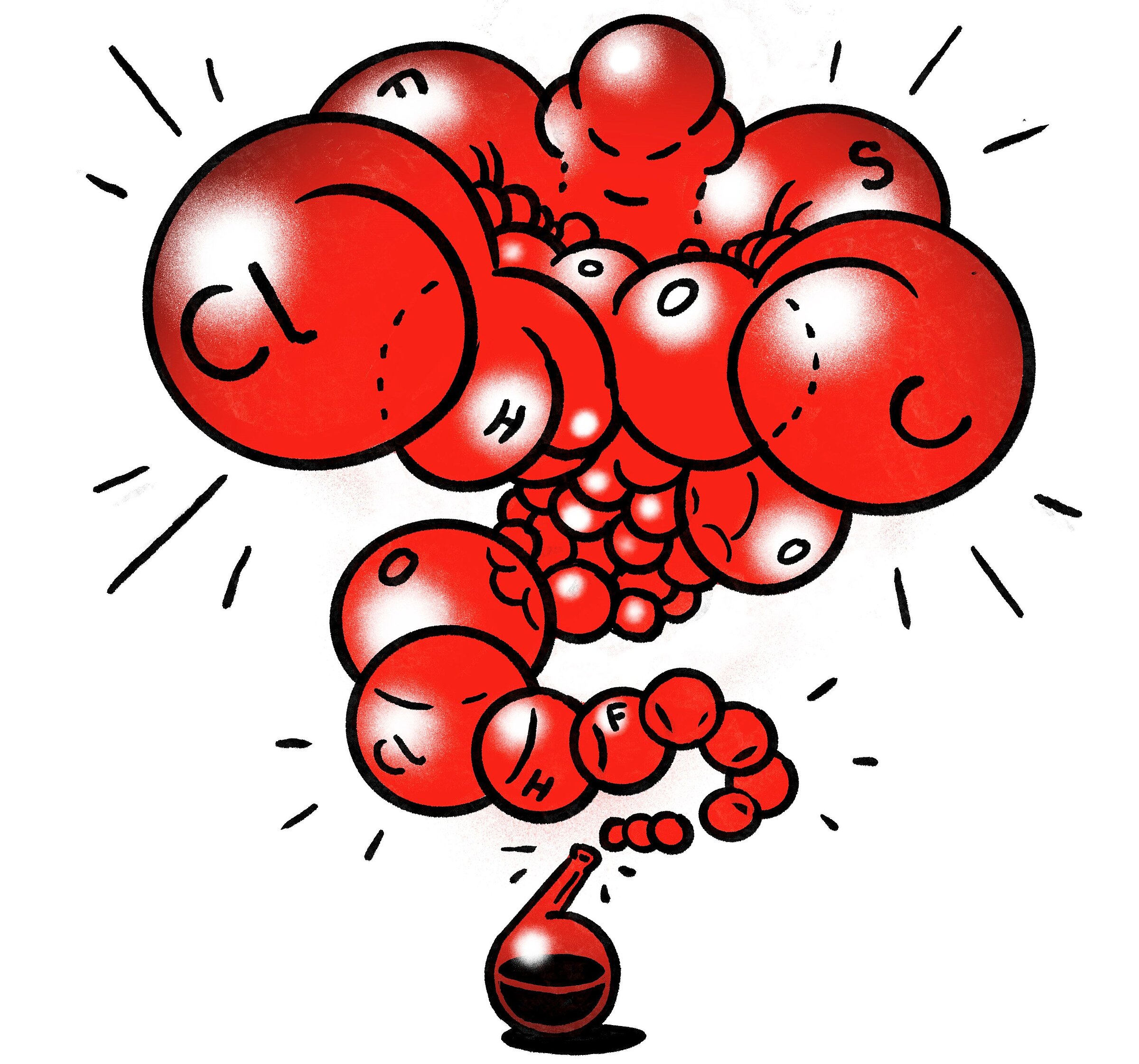Halogens are Jekyll and Hyde elements: They are vital for high-tech applications and modern materials, but they can also form persistent compounds that don’t break down easily, can harm the environment, and even cause cancer. My aim is to make chemical processes involving halogens less dangerous and more sustainable. There is no point sticking our heads in the sand. Instead, we need to think: How can we make better use of halogen compounds? Which ones can we recycle? And how can we remove harmful compounds from the environment?
I am interested in fundamental principles. My background is in theoretical chemistry and my PhD was on fluorinated compounds. I am passionate about extremely high oxidation states and extremely powerful oxidizing agents that can oxidize other molecules, that means make them give up electrons and bind e.g. oxygen. I want to explore the limits of chemical concepts. But as a chemist, I believe I also have a responsibility to find solutions to society’s problems, for instance, how to store electricity in the transition to renewable energy. When purely fundamental research leads to compounds that can be used sustainably, that is when I feel science unleashes its full power.
For example, we researched molecules – fluorine compounds first, then chlorine compounds – that only form in a high vacuum at just 4 Kelvin (around -270 degrees Celsius). Later, we discovered that the chlorine compounds are stable even at room temperature, which opens up the possibility of storing very high quantities of chlorine. This discovery led us to a practical application.
More than 50 percent of all products obtained by chemical synthesis contain a chlorine atom or have at least “encountered” one in the course of their synthesis. Producing all this chlorine – around 90 million tonnes worldwide per year – by means of chlor-alkali electrolysis requires a huge amount of electricity. In Germany, it is estimated to be between two and three percent of the total national energy requirement. However, because chlorine has traditionally been difficult to store, this process results in continuous electricity consumption. Together with industry, we therefore developed a chlorine storage medium based on polychlorides that can make use of excess power in the grid to produce and store chlorine.
We also showed that it’s possible – in a neat follow-on process – to pass carbon monoxide through the chlorine storage system at room temperature to obtain phosgene, which is used in the production of polymers such as polyurethane, the foam that products such as mattresses are made from. Normally, phosgene synthesis takes place at 450 degrees Celsius with chlorine gas over a carbon catalyst. Our process uses much less energy because the chlorine storage system doesn’t need to be heated. In addition, we are working on recovering the chlorine from the resulting hydrogen chloride to obtain hydrogen almost as a by-product. Hydrogen is, of course, in high demand as we transition to cleaner energy.
Together with industry, we are also pushing ahead with a project on sulfur hexafluoride, a gas that was used in the past to cushion sports shoes and as an insulator. Since it emerged that sulfur hexafluoride’s greenhouse gas potential is 22,500 times higher than CO2, its use has been severely restricted. However, it is still used in high-voltage switchgear, where there is a lack of alternatives. My team has developed a substitute material for this application that has a much lower greenhouse gas potential but similarly good insulation properties.
We won’t be able to dispense with halogen compounds anytime soon because they are omnipresent. So if we want to use them in a more environmentally friendly way, to be able to recycle them, and convert them into new products, we need a thorough understanding of their chemical behavior. I believe this is where our challenge lies.


